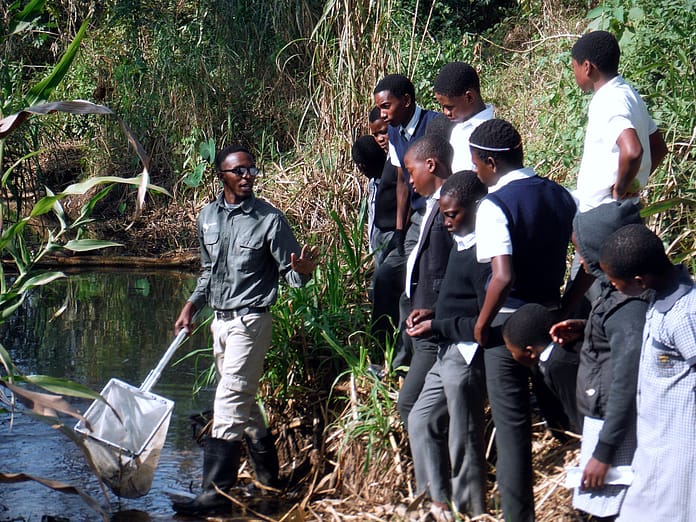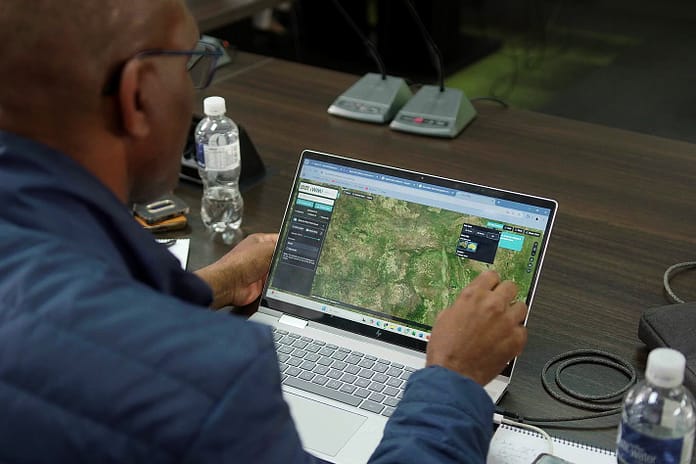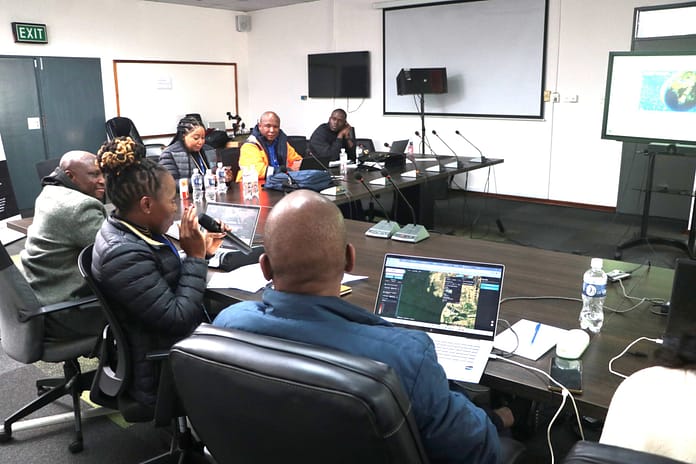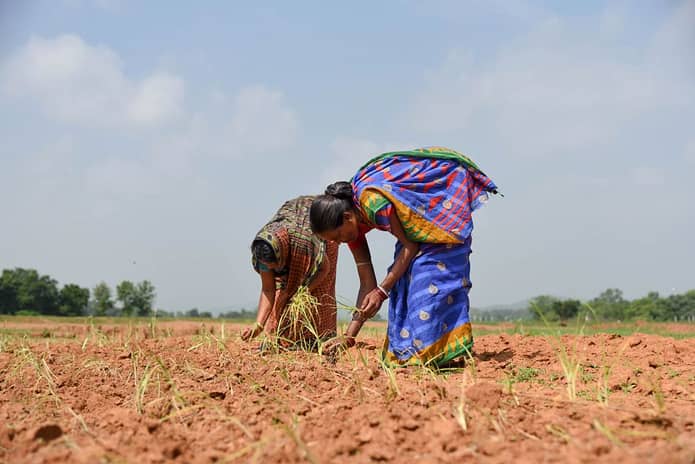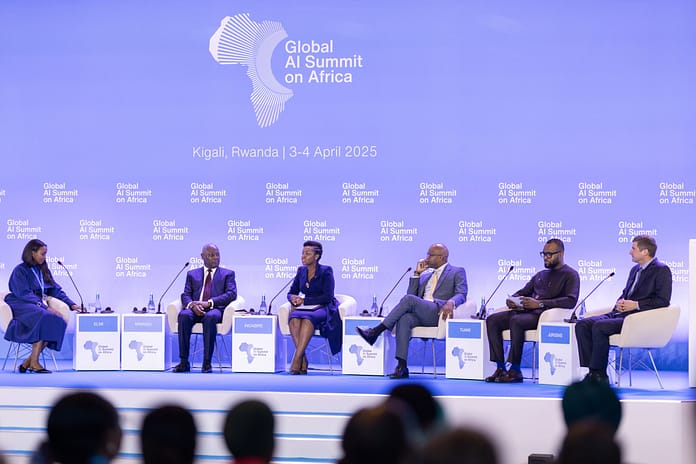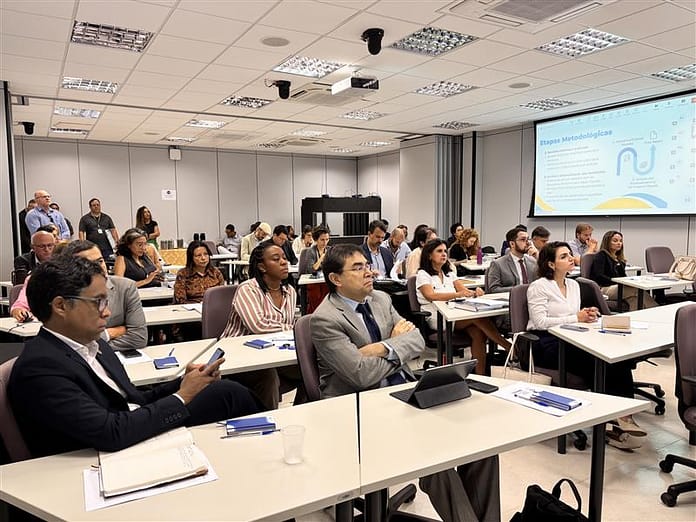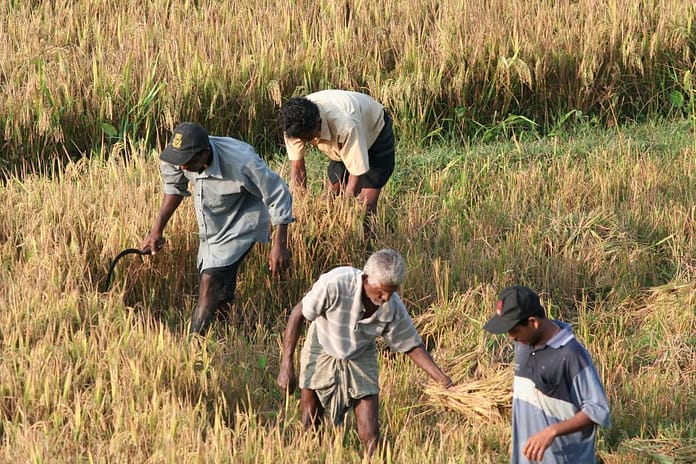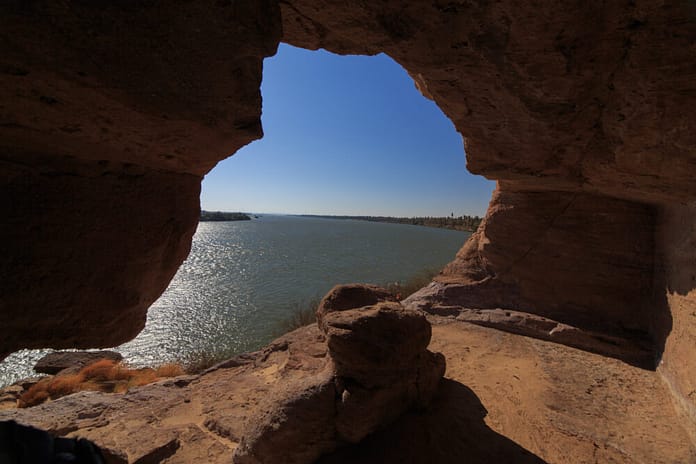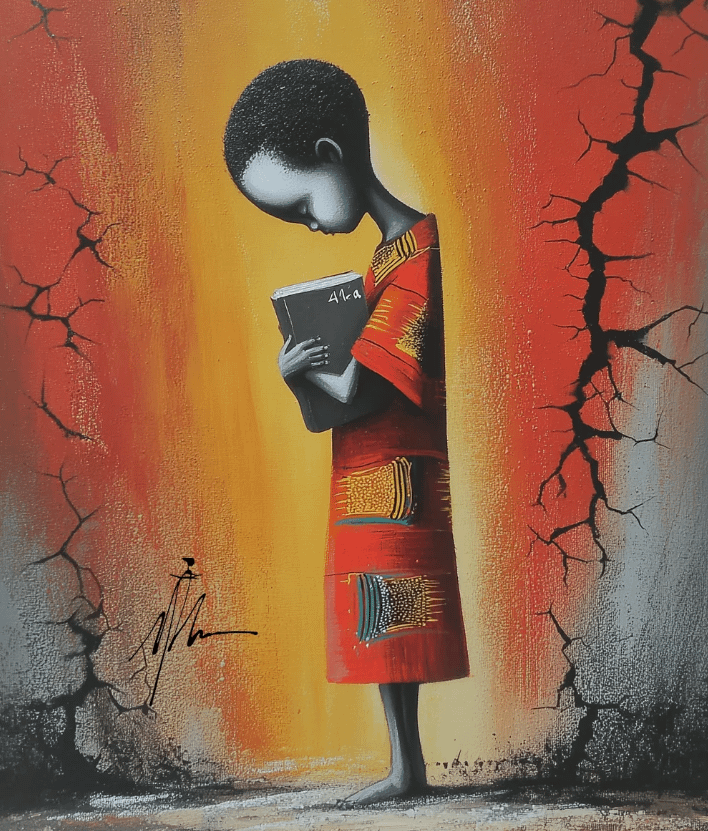
Sudan is caught in the eye of a storm. Conflict, economic collapse and climate extremes have forced over 12 million people from their homes, while nearly 900,000 refugees from neighboring countries are also seeking shelter inside its borders. In states like Kassala, White Nile and Gedaref, families live with daily uncertainty: where the next meal will come from, whether the water source will run dry, how long the last trees will last for firewood.
On the ground, aid agencies and local actors are working relentlessly to keep people alive. But in a crisis this complex, short-term aid cannot be the only answer. Communities need more than rations and temporary relief — they need systems that help them withstand floods and droughts, grow food closer to home and find cleaner, safer energy.
Through the project Building Resilience in Displacement and Fragile Environments — BRIDGE — the International Water Management Institute (IWMI), the Alliance of Bioversity International and the International Center for Tropical Agriculture (CIAT) and the United Nations High Commissioner for Refugees (UNHCR) work together to address some of these challenges. Supported by the CGIAR Food Frontiers and Security Program, the project creates tools, maps and models that translate innovative research and data into actionable insights and real-world solutions for those on the frontlines of crisis response.
What makes this partnership unique is its ability to bridge the humanitarian-development divide: bringing the scientific depth of CGIAR to humanitarian settings so that local actors are equipped not only to manage immediate emergencies but also to lay the foundations for long-term resilience.
Science with a purpose
Through water assessments and spatial analysis, BRIDGE helps identify which lands are suitable for irrigation and which sources can be tapped without depleting aquifers. Climate hazard maps reveal which communities are most exposed to droughts and floods, helping humanitarian agencies prioritize interventions. Urban agriculture models show how food can be grown closer to settlements, shortening supply chains and reducing dependence on imports and humanitarian aid.
Environmental science is also central. Nature-based solutions like rainwater harvesting, agroforestry and aquifer recharge are assessed for their local potential. Circular bioeconomy models explore how waste can be turned into compost or energy, reducing pressure on fragile ecosystems while opening up livelihood opportunities.
With CIAT’s expertise, BRIDGE is looking at how households cook and light their homes, identifying ways to reduce dependence on wood fuel through cleaner cookstoves, solar systems and affordable clean fuels. These may sound like small shifts, but for families who risk their safety collecting firewood or breathe in smoke daily, they can be life-changing for both humans and the environment. At a later stage, it will pilot solutions in three states where displacement and resource pressures are most severe. But its contribution is not measured in sacks of grain or shelters built. Instead, it is measured in the clarity and foresight it provides.
From research labs to refugee camps
The unique feature of BRIDGE is that much of this work is done from a distance with strong support on the ground from UNHCR.
IWMI researchers in Ghana, Ethiopia, Egypt, Sri Lanka and beyond are turning satellite data, climate models and field research into evidence that humanitarian agencies, local cooperatives and refugee communities can put into practice.
This distance is not a disadvantage. It allows IWMI and CIAT, through BRIDGE, to bring science, tools and global perspectives to fragile contexts, while leaving the actual implementation in the hands of those who know the terrain best.
In Kassala, for example, Eritrean refugees and Sudanese farmers are part of shaping how water and land are managed. In White Nile, women’s groups are experimenting with urban agriculture. In Gedaref, local cooperatives are testing composting models that both reduce waste and generate income. Science, in this sense, becomes a bridge, connecting data gathered, processed and analyzed far away with decisions made in camps, markets and villages for the benefits of both displaced persons and host communities.
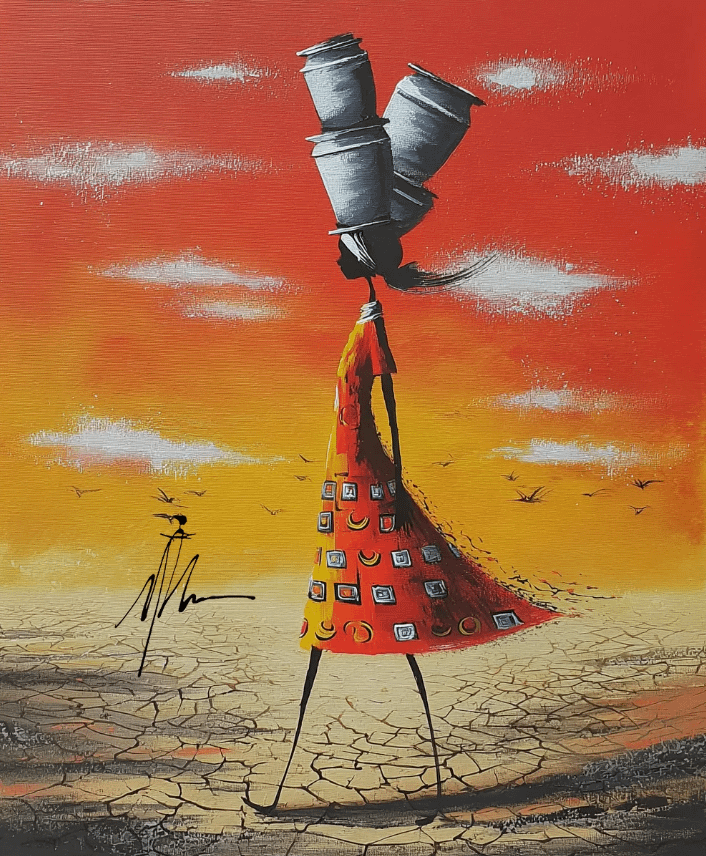
Making every dollar count
The objective of BRIDGE is to multiply impact. A single investment in mapping water resources, for instance, can improve flood preparedness, guide irrigation expansion and help identify secure drinking water supplies. Cleaner energy reduces deforestation, improves health and strengthens local supply chains. Urban agriculture boosts nutrition, creates jobs and reduces reliance on costly imports.
By combining transparent data with community-led action, BRIDGE ensures that every resource invested delivers multiple returns. It is making humanitarian aid smarter, more targeted and more sustainable.
This is about building the bridge from evidence to action, from distant research centers to refugee camps and villages of hosting communities, from short-term aid to long-term resilience.



